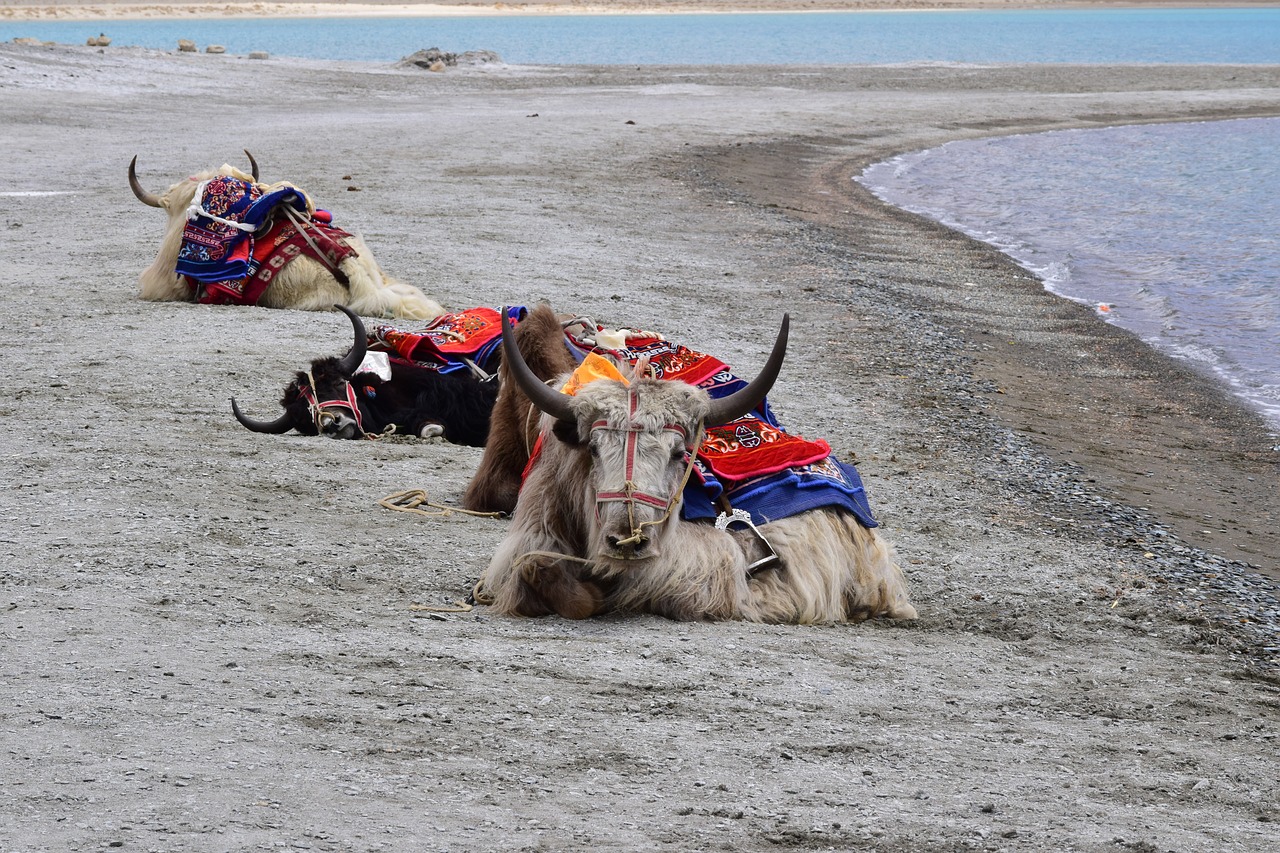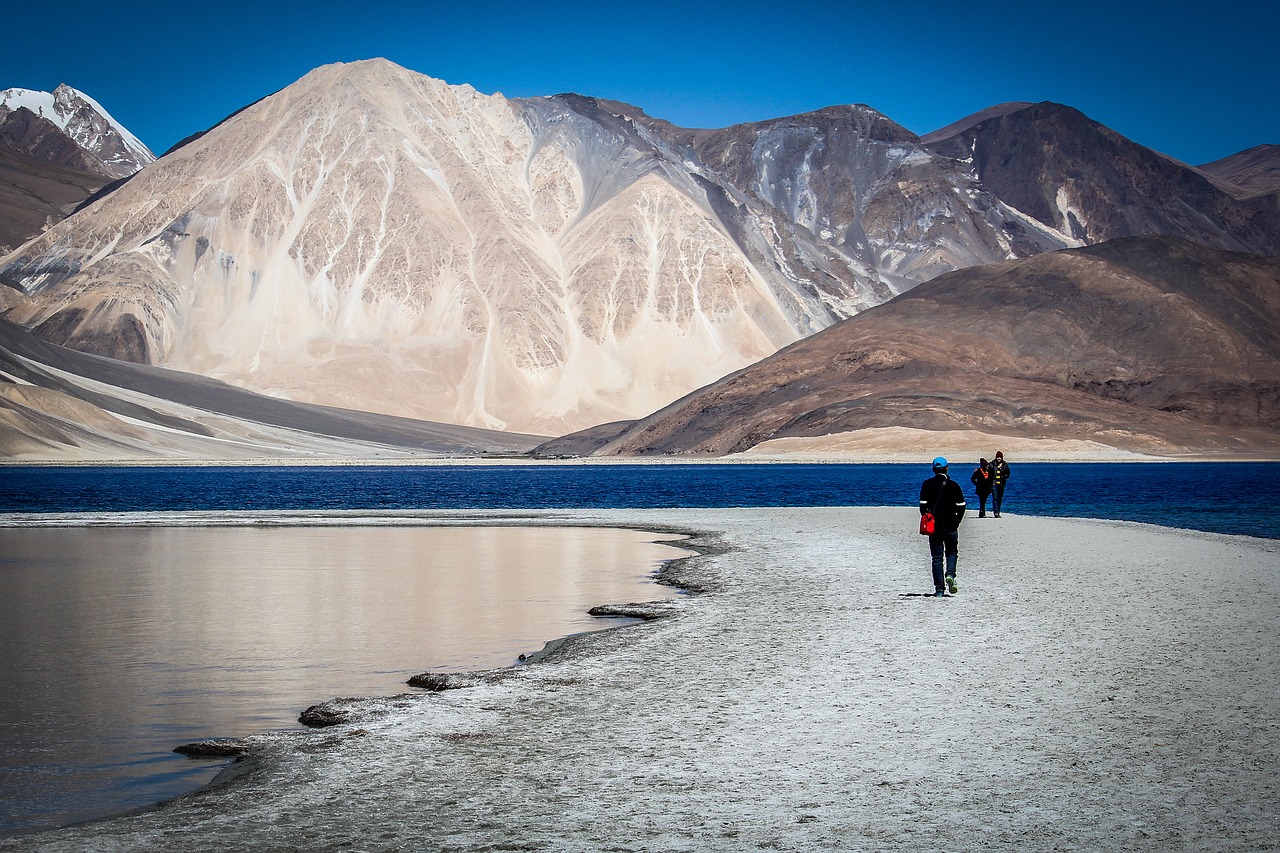Ladakh: Understand nomadic life
It is a great destination to encounter with local families and nomads and to experience mountain life. A union territory of Ladakh in India lies behind the Himalayan ridge near to Tibet. In Ladakhi or Tibetan, Ladakh means the land of high passes. Villages and monasteries are mostly located in the region of Indus Valley.
Ladakh is famous for its spectacular landscape, deep gorges, mountains, and mountain nomads.
extraordinary world
People
The area over 4500-meter high plateau is mainly populated by nomads. Sparsely populated with nearly 250,000 people live in an area of almost twice as large as Switzerland. Tibetan Buddhism is practiced at higher altitudes. Being near to Jammu and Kashmir, there are areas where Islam is also being practiced.
Climate
Behind the Himalayas, it is naturally protected from the active monsoon experienced in Asia. It has a short and hot summer with temperature crossing over 30 Celsius and long and cold winter.
Food
Momos (dumpling) and noodle soup are the champions of the Ladakhi food. But there are a variety of food with Tibetan, Chinese, Indian and continental tastes available.

Language
Ladakhi is the local language. Hindi is widely spoken. English is the official language and is widely used.
Travel season
The best time of the year to travel to the area is June to October. The time in September and October are very rewarding. Winter can also be very impressive, in the backdrop of very little tourists, to observe the cultural way of life in Ladakh has.
Accommodation
Accommodation is basic and simpler in the entire region. Except for Leh, the largest town in the region, the places to rest are very simple inns with shower and toilets. Depending on the location, fixed tented camps with facilities are provided.

Tourism
Recent changes have made Ladakh a union administered territory of India. It used to be a part of Jammu & Kashmir. Tourism is not as developed as in Nepal, Tibet, and Bhutan.
Holiday Packages
No Trips Found, Explore our other trips
Destinations
Experiences
Website by Curves n' Colors
